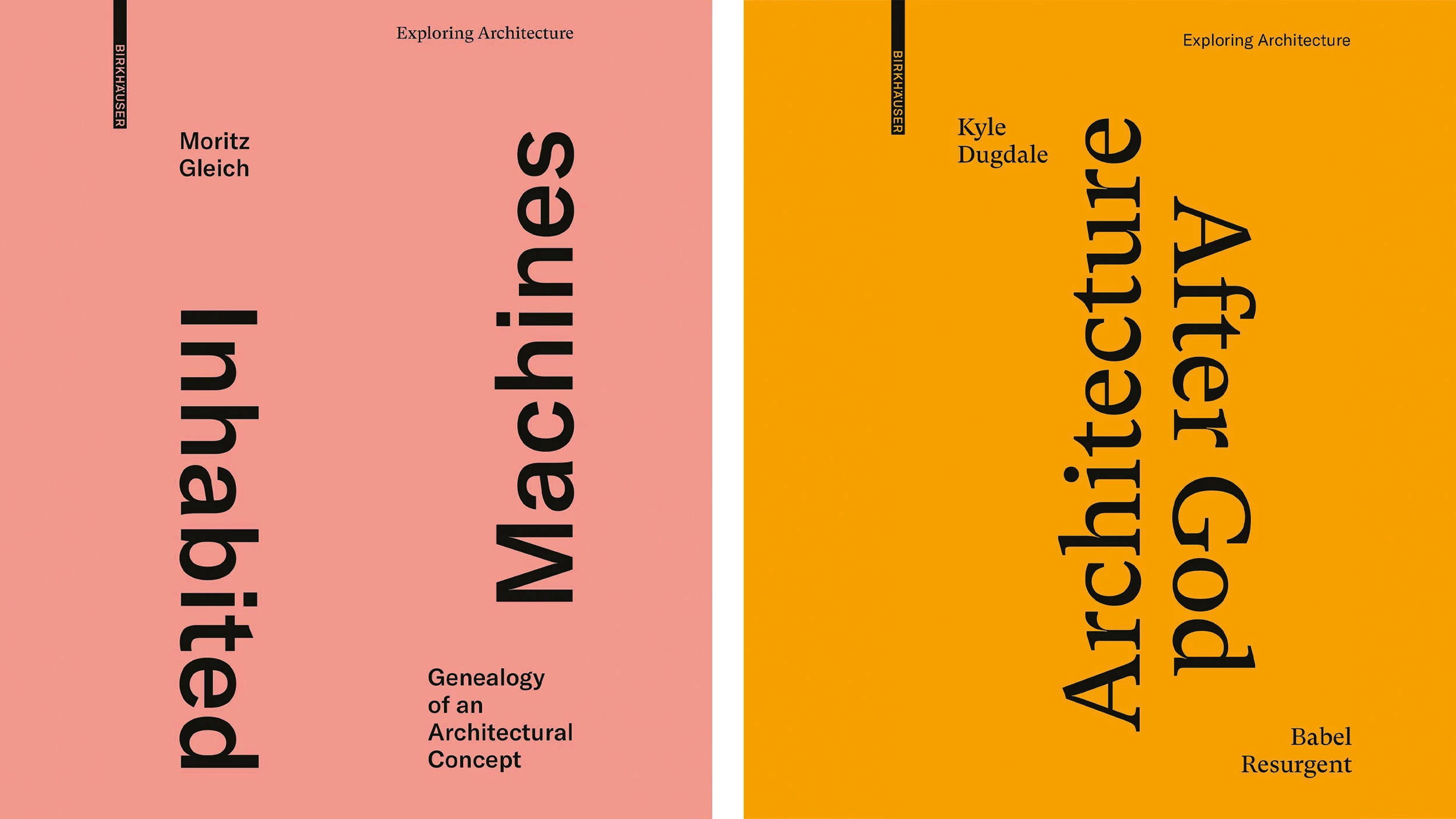
Fire, nests, dens, trees, primitive huts, machines, babels: architecture has always inspired metaphorical genealogies – discredited for the most part but maintaining their evocative powers, so the ‘origin’ notion remains valid, even fruitful, as the first two titles of an ‘Exploring Architecture’ series shows.
Built upon an extraordinary stock of sources and excellently illustrated, Inhabited Machines tackles the “prehistory of modernity” through the technological culture of the first half of the 19th century, with the machine as guide. His approach has little to do with Giedion-style narratives that made new materials and structures the stay of modern forms, nor with other outlooks that have seen machines as a metaphor of architecture, as in La ley del reloj (see Arquitectura Viva 188). More materialist, Gleich suggests that machines turned buildings into integrating devices that managed to address minority concerns which would eventually be fundamental, such as the habitat or comfort.
The author explores ‘warming & ventilating’ manuals by figures like Chabannes, Strutt, or Boswell Reid; he inquires into all patents and details social reports to tell a story that begins with “the discovery of air” (artificial ventilation, centralized heating systems), delves into ‘moral’ dimensions of the matter (social reform plans, panoptic prisons, schools, psychiatric centers), and leads to the concept of comfort in terms of hygiene (social housing, health architecture) but also pleasure, through Loudon or Daly (Gleich’s “Ambassadors of Amenity.”)
These questions have been studied before and the reader might recall texts by Bruegmann, Banham, Fernández-Galiano, and Osman as well as my Historia medioambiental de la arquitectura. On the other hand, Gleich’s book leaves out important themes, including the symbolic-aesthetic crisis that new technologies brought about or the problem of deciding whether ‘warming & ventilating’ was the prehistory of modernity or the swan song of architecture’s miasmatic tradition. Notwithstanding, Inhabited Machines is a key contribution to the study of the less and less reviled 19th century, and to existing knowledge on the environmental origins of modernity.
Different is the origin notion that Kyle Dugdale handles in Architecture After God, where the Warburg-style search for the Nachleben of a theme is religious, ideological, and aesthetic: Babylon and the tower of Babel.
Supported by vast material and an interdisciplinary mindset, Dugdale’s book may remind the Spanish reader of titles like Noé en imágenes (see Arquitectura Viva 252), but not beyond biblical metaphors. Architecture After God puts the Babel myth in a determined but unpredictable timeframe: the interwar Germany that pursued utopias beyond God, and where the memory of biblical myths stayed present.
It is a non-stop parade of passionate characters like Spengler, Taut, Albert, and Lang, but the lead is Uriel Birnbaum, a ‘minor’ artist whose talent for evoking Dugdale becomes a reference that covers all the millenniarisms of an equally dark and interesting age.








